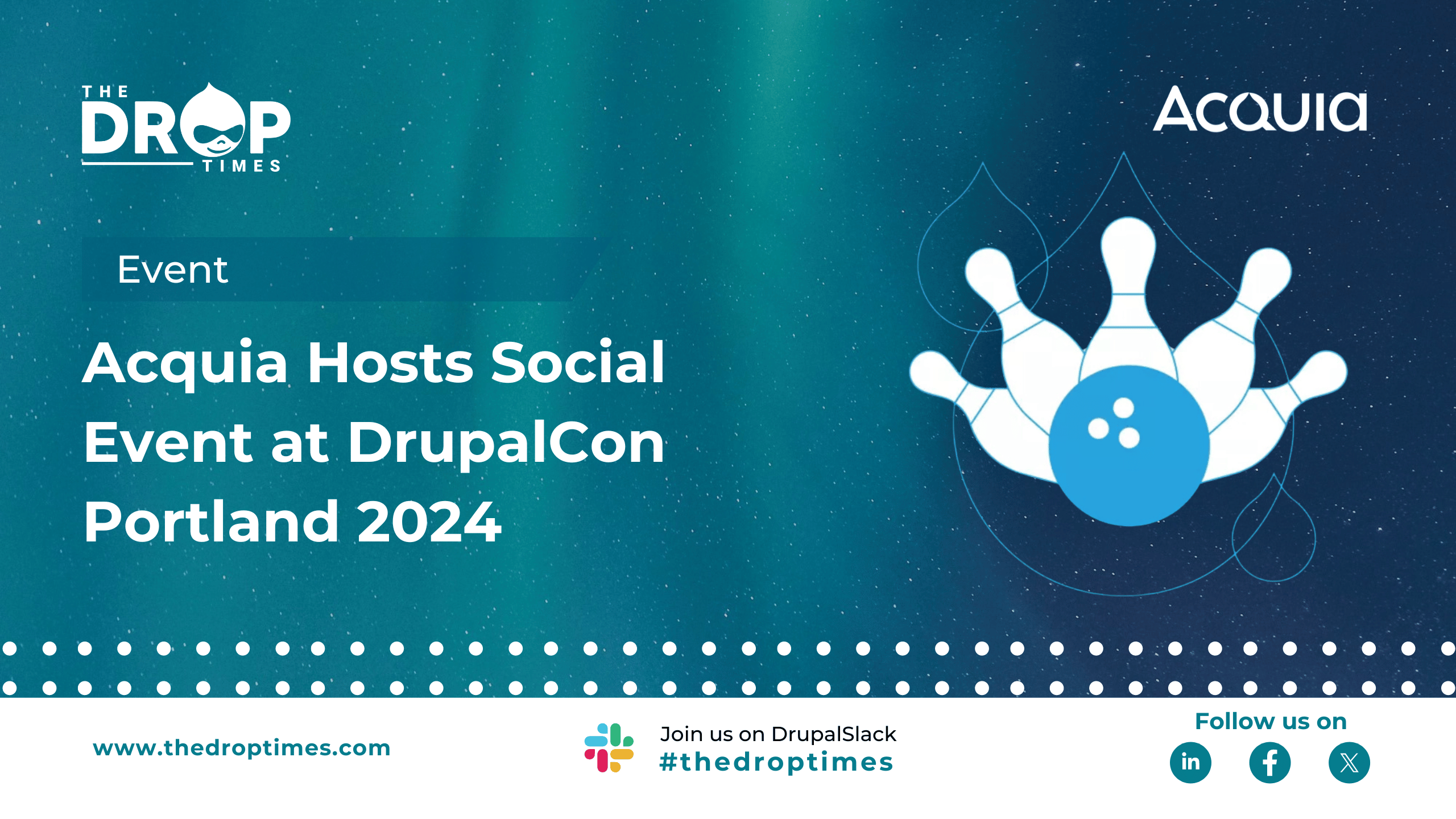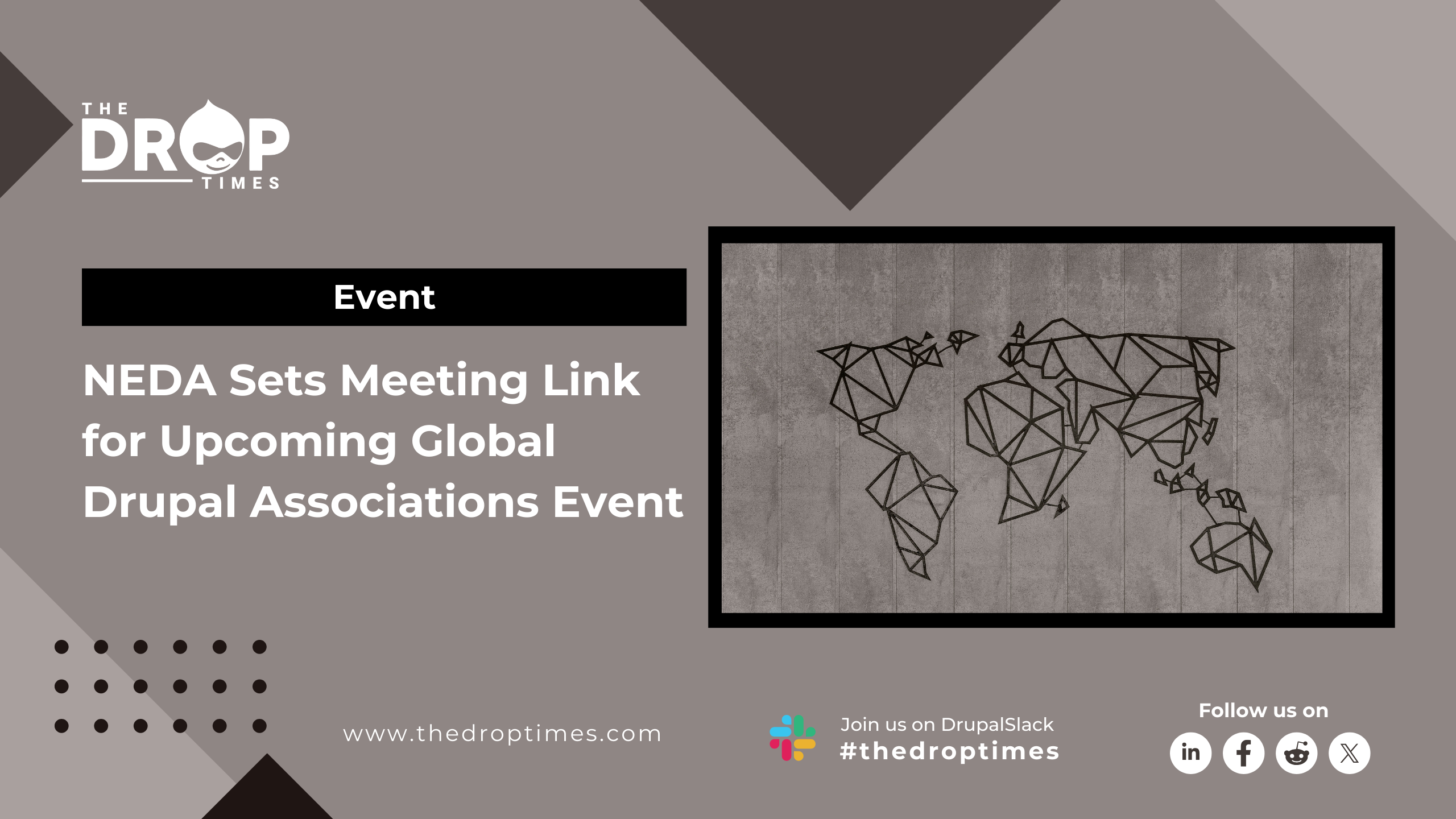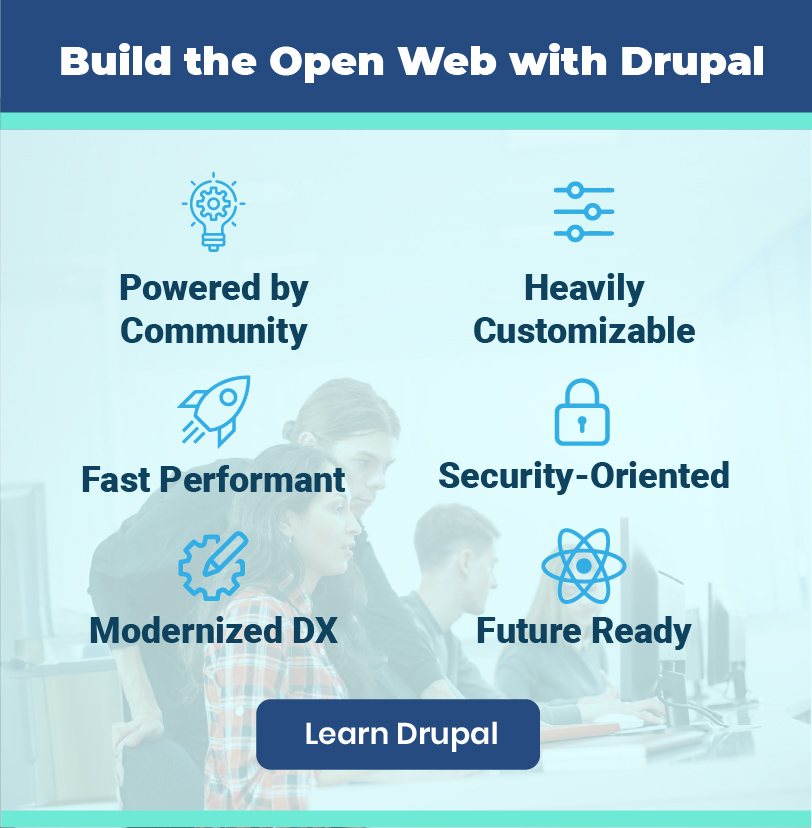EvolveDrupal Atlanta: Exploring Website Evolution and Digital Innovation—Part 2
Entering the second phase of our EvolveDrupal coverage, we're now presenting insights from another group of distinguished speakers. This time, our focus shifts to topics including The Fourth Decade of Website Deployments, the Crossroads of Website Evolution, and the updates from WCAG 2.1 to 2.2.
Featured in this segment are John Cloys, Assistant Director of Web & Digital Initiatives at Princeton University, Penny Kronz, VP of Client Services at DubBot, and Steve Persch, Director of Developer Relations at Pantheon, who will be sharing their expertise with us.
These sessions offer not only insights into Drupal but also into broader aspects of accessibility, innovation in digital technologies, and much more. From exploring the latest trends to understanding the challenges and opportunities in the world of web development, there's something for everyone to learn.
Now, let's dive into the details and explore the ongoing changes in digital innovation together.
John Cloys—Revamp or Redesign: Navigating the Crossroads of Website Evolution
TDT: In your session at EvolveDrupal, you'll be addressing the challenges of navigating the crossroads between website evolution and the constraints of existing designs and brand guidelines. Could you elaborate on specific strategies or techniques you recommend for effectively leveraging Drupal websites to achieve iterative improvements while honouring these constraints?

John Cloys: Navigating the crossroads between website evolution and existing design and brand guidelines can indeed be challenging, particularly when working within the framework and constraints of an existing website, but I love the challenge of iterating on what’s there. The concept of taking the brand that your customers know and turning it into something that brings delight. Here are some strategies and techniques to effectively leverage Drupal for iterative improvements while respecting constraints:
- Comprehensive Website Audit: Begin by conducting a comprehensive audit of the existing website. This includes assessing the design elements, functionalities, content structure, and adherence to brand guidelines. Identify areas that require improvement or optimization.
- Modular Design Approach: Adopt a modular design approach that allows for flexibility and scalability within the constraints of existing designs and brand guidelines. Drupal's modular architecture aligns well with this approach, enabling you to implement changes incrementally without disrupting the overall design integrity.
- Component-based Development: Implement component-based development using Drupal's theming layer. Break down design elements into reusable components such as headers, footers, navigation menus, and content blocks. This approach facilitates iterative improvements by allowing you to modify individual components while maintaining consistency across the website.
- Accessibility Compliance: Prioritize accessibility compliance when making iterative improvements to the website. Drupal provides built-in accessibility features and modules that facilitate compliance with WCAG guidelines. Ensure that design enhancements are inclusive and accessible to all users, including those with disabilities.
- Content Strategy Alignment: Align iterative improvements with the overarching content strategy and brand messaging. Use Drupal's content management capabilities to streamline content creation, organization, and publishing workflows. Ensure updated content aligns with brand guidelines and effectively communicates the desired messaging.
- User Testing and Feedback: Regularly solicit user feedback and conduct usability testing to validate design improvements. Drupal offers various modules and tools for collecting user feedback and analyzing user behaviour. Incorporate user insights into the iterative design process to refine and optimize the website further.
Penny Kronz—WCAG 2.2: What Changed? What Do I Need to Know?
TDT: Penny, your session will provide insight into the changes from WCAG 2.1 to 2.2. Could you highlight one significant change introduced in WCAG 2.2 and explain how website managers can begin reviewing their websites for compliance with this updated standard?
Penny Kronz: Great question! I would like to take "the sky's not falling approach" to discuss WCAG 2.2 changes and make the new criteria approachable.

The real quick win here is reviewing the three new criteria around making the user experience around form entry accessible. That covers a third of the new criteria introduced via WCAG 2.2. Two are specifically about forms requiring authentication (users entering passwords). I appreciate that WCAG addresses the cognitive requirements for users managing passwords across many systems. While this criterion is geared to assist people with cognitive disabilities, I think most website users would appreciate the standards laid out by WCAG 2.2.
So, website administrators can start by auditing where they have forms that require authentication on their website(s). This should be pretty simple if you're using Drupal or have a tool that can automatically crawl your website to find these potential forms.
The success criterion I want to highlight specifically is the following, WCAG Success Criteria - 3.3.8 Accessible Authentication (Minimum) Level AA. The following is how it begins:
"A cognitive function test (such as remembering a password or solving a puzzle) is not required for any step in an authentication process unless that step provides at least one of the following..."
It sounds fairly technical, but the truth of the matter is, you can quickly audit whether your authentication only requires users to enter fields like email/username/password AND if they can accomplish entering this information using copy and paste functionality from a password manager tool or their native browser storing those details. If they can, you can rest assured that the form is WCAG 3.3.8 AA compliant. If not, you'll need to dig more into the Sufficient Techniques provided by WCAG 3.3.8. This is simply a starting place that will likely narrow down what you need to review in greater detail, though.
Steve Persch—The Fourth Decade of Website Deployments
TDT: In your session, you'll be tracing the evolution of website deployments across the past three decades, exploring the economic, social, political, and technological forces that have shaped this evolution. Can you provide an example of how understanding past pressures has influenced website deployment strategies in recent years, and how teams can apply these insights to better plan and execute deployments in the present day?
Steve Persch: Yes, static site generators rose in popularity in the late 2010s. That rise was supported by several factors like
- The simplified security and cost of serving public sites as flat files from infrastructure like AWS’ S3
- The positive feelings associated with CI/CD that were largely unavailable to front-end developers who’d been excluded from the DevOps community
- The performance gains for site visitors
- The improved ergonomics for front-end developers (relative to monolithic CMSs)

However, the 2010s were not the first time web developers gravitated toward flat files for performance gains. Even Drupal had a moment with the Boost module where this architecture benefited some teams. However, knowing that web development history had moved through this architecture previously made some teams rightly sceptical that the JAMStack era would last forever. At GatsbyConf in 2021, I titled my session “The Cliff of Complexity” to describe how Static Site Generation is extremely beneficial only to a certain point of complexity. Past that point, the level of effort needed to satisfy requirements skyrockets.
In conclusion, John Cloys, Penny Kronz, and Steve Persch's insights have shed light on the intricate workings of web development. Their discussions on website evolution, accessibility standards, and deployment strategies have provided invaluable perspectives for professionals in the field.
As we wrap up this instalment of EvolveDrupal coverage, it's clear that the journey of discovery and learning is far from over. The insights from these sessions provide a basis for further learning and development in the ever-changing field of web development.
For those who missed the first part of our coverage, you can catch up on the insightful discussions by following this link: EvolveDrupal Atlanta: Industry Experts Share Future of Web Development—Part 1.
Note: The vision of this web portal is to help promote news and stories around the Drupal community and promote and celebrate the people and organizations in the community. We strive to create and distribute our content based on these content policy. If you see any omission/variation on this please let us know in the comments below and we will try to address the issue as best we can.




































